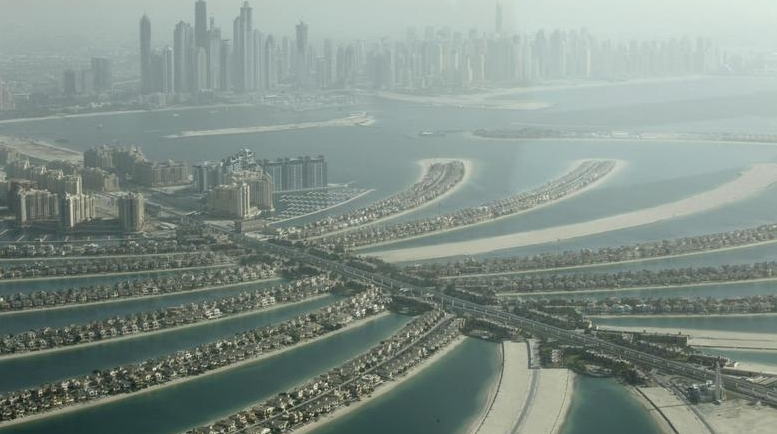High-end realty more affordable compared to some global hotspots
The luxury property market in Dubai is proving to be more resilient, witnessing increased transactions due to a persistent decline in prices making such properties more affordable plus developers less focused on high-end properties. In fact, a few high-end areas saw a decent increase in prices as well, reflecting that demand for some areas remain strong.
The rise in transactions and demand is mainly at established areas such as Palm Jumeirah, Downtown Dubai and Emirates Hills, which were previously believed to be overpriced.
Data provider from Property Finder revealed that the number of transactions of properties with a price tag of Dh10 million and above increased to 194 during the first half of 2019 compared to 115 such transactions in the first half last year, an increase of 69 per cent with established areas. On Palm Jumeirah, there was renewed buyer interest for apartments on the Crescent (16 deals) and villas on the Frond (24 deals).
In Downtown Dubai, apartments in the Opera District soaked up majority of buyer interest, while multiple standalone apartment projects also registered healthy sales.
Emaar’s Il Primo tower in Opera District has seen robust sales in the luxury segment.
Meanwhile, in MBR City, the villas and mansions in District One clocked healthy sales (16 deals) on the secondary market while Sobha Hartland accounted for a few off-plan villa sales.
In Jumeirah Golf Estates, Sienna Lakes villas registered healthy interest in the secondary luxury sales market. In other prime home transactions, there was good buyer interest for Al Barari villas, Bulgari Resort & Residences, apartments in Volante Tower in Business Bay, Dubai Creek Harbour and Le Reve in Dubai Marina.
“Prices in the luxury market were inflated over the past few years, therefore as prices declined, particularly over the last year, luxury properties have become very attractive, especially to foreign investors,” said Lynnette Abad, director of data and research at Property Finder.
Data by property brokerage firm Luxhabitat showed that four properties each on Palm Jumeirah and Emirates Hills were sold for Dh204.5 million and Dh185.5 million, respectively, while two properties on Emaar’s II Primo fetched Dh105.15 million in the last quarter.
Overall luxury property prices fell 6.34 per cent in the first half of 2019 with most notable decline witnessed in Palm Jumeirah (-19.5 per cent), Dubai Marina (-20 per cent), Emirates Living (16.7 per cent), JBR (-12 per cent) and JLT (11.3 per cent). Al Barari and Downtown bucked the trend, recording rises of 8 per cent and 5 per cent, respectively.
Interestingly, the persistent decline in property prices since 2014 has made the emirate’s luxury property even more affordable to investors than its global peers such as London, New York, Paris and Singapore.
Farhad Azizi, chief executive of Azizi Developments, attributed the rise in transactions to developers less focused on luxury projects now, hence, more buyers are now competing for less supply in the high-end segment.
“Most of the luxury segment’s demand is coming from local and GCC countries including Saudi Arabia, Bahrain and Kuwait. Many developers have not been developing luxury units, so there is a less supply and that is resulting in more demand for high-end units,” Azizi added.
“Demand is growing and there is less availability now. It is a matter of supply and demand.”
He stressed that the luxury property market in Dubai has been a bit slow for many years and units with over Dh10 million – or even Dh6-7 million – has been difficult sales.
However, stronger first-half transactions volume and uptick in demand are the first green shoots for Dubai’s overall property market is yet to be seen.
All rights reserved to the initial publisher for Khaleej Times.
Collected and published by Arms &McGregor International Realty® editorial team. Get in touch with us at [email protected]

